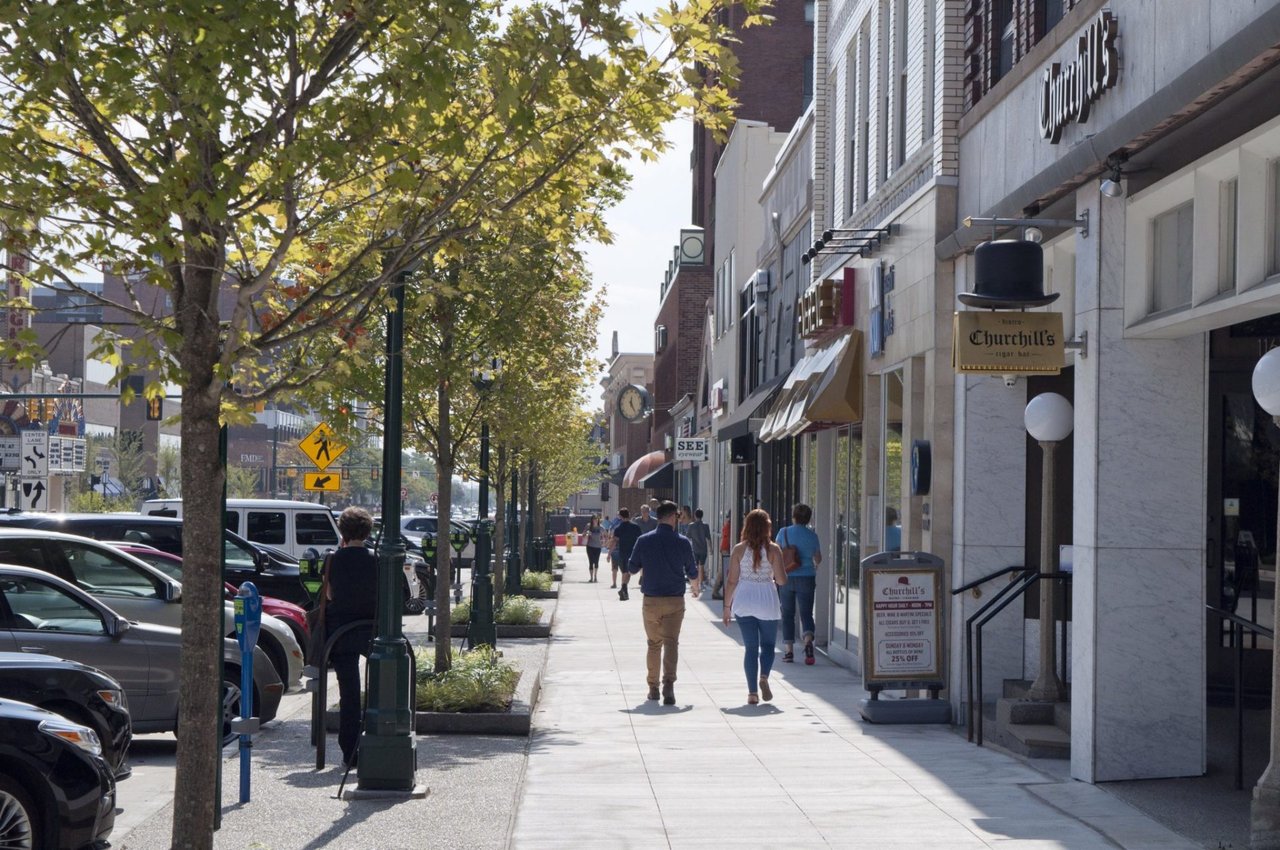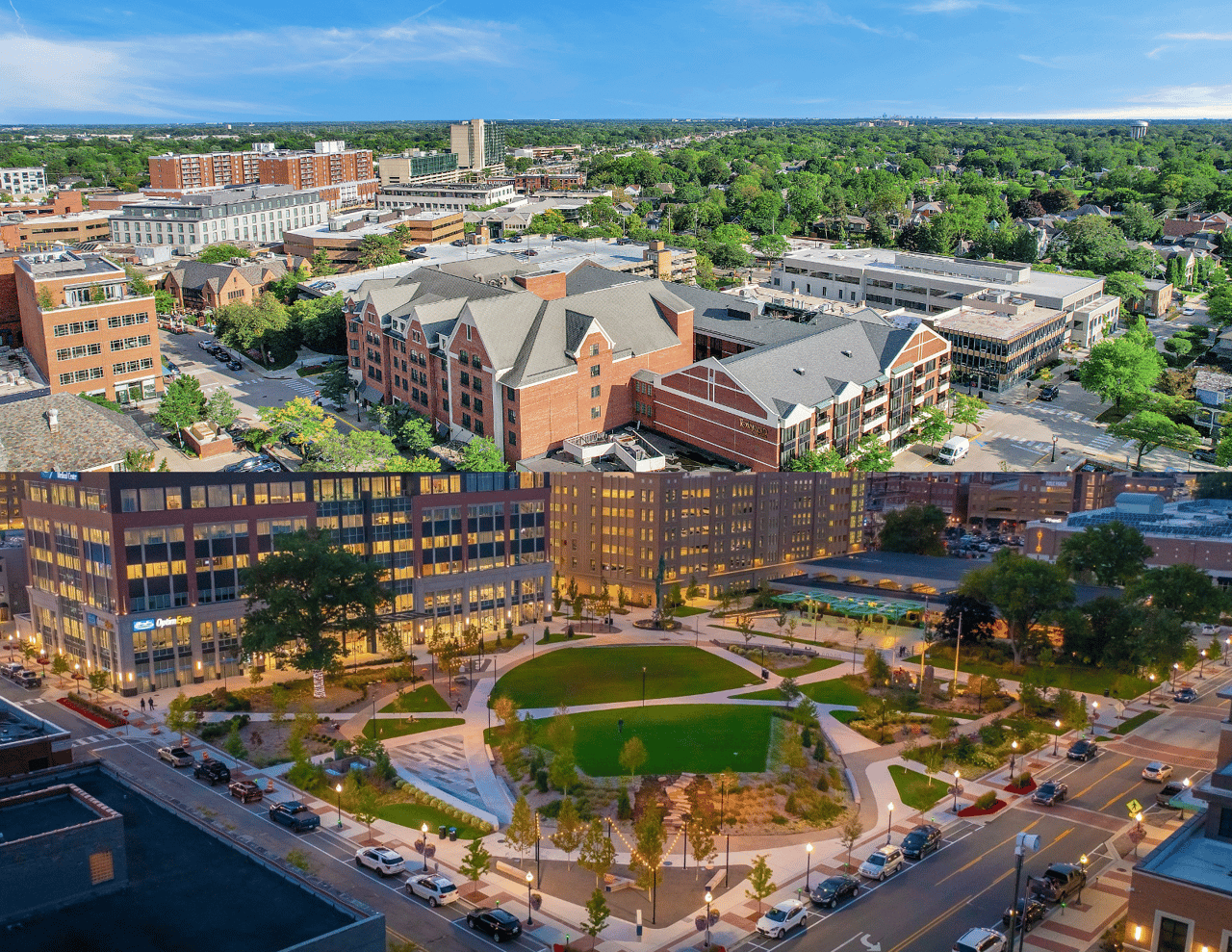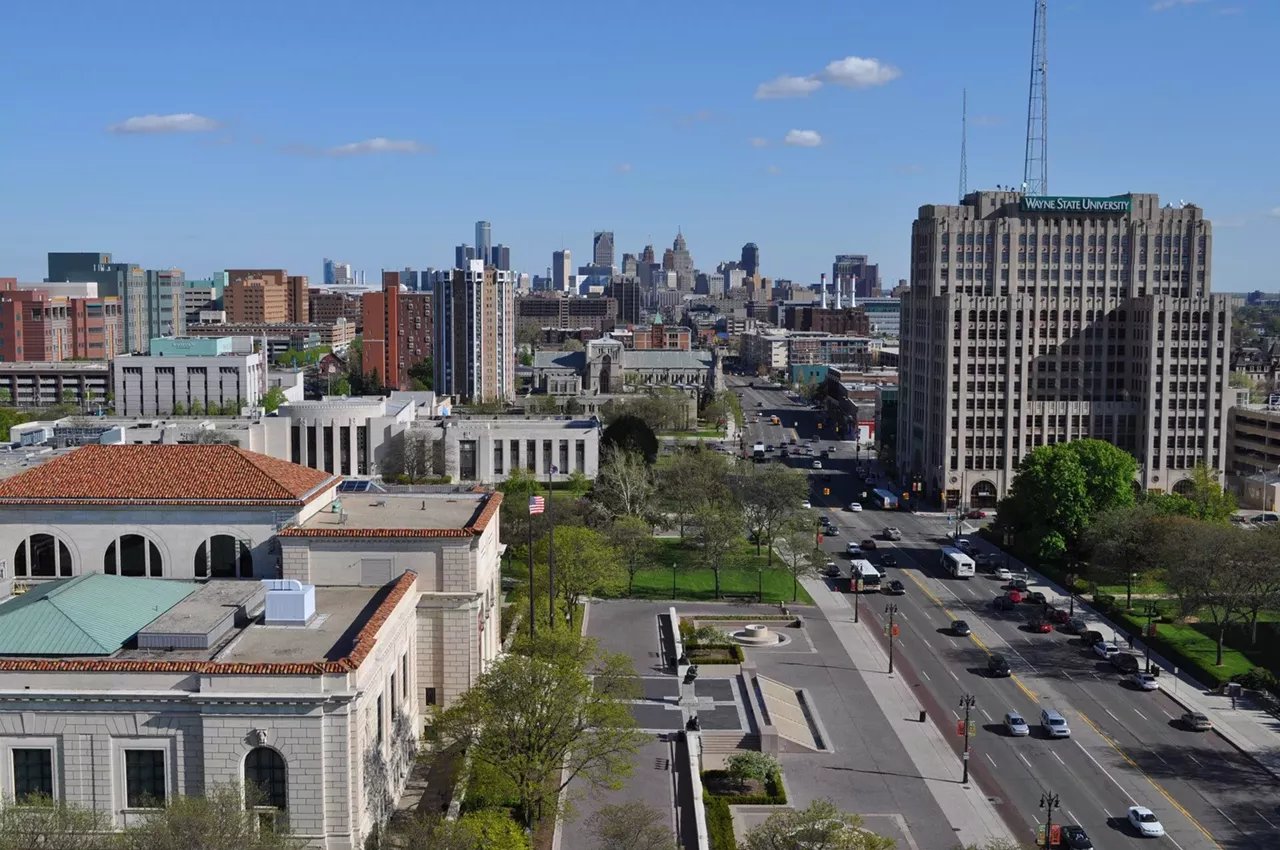The COVID-19 pandemic has profoundly impacted the global economy, reshaping various industries, including real estate. As we move into a post-pandemic world, the real estate market continues to evolve, driven by changes in consumer behavior, economic conditions, and technological advancements. Key changes have gone underway in the real estate market resulting from the pandemic, here we'll highlight the emerging trends, new challenges, and opportunities for buyers, sellers, and investors.
Shift to Remote Work and Its Impact: One of the most significant changes brought about by the pandemic is the widespread adoption of remote work. With many companies allowing employees to work from home, there has been a shift in housing preferences. Suburban and rural areas have seen increased demand as people seek larger homes with dedicated office spaces, more outdoor areas, and lower living costs.
Urban areas, traditionally seen as hubs for employment and convenience, have experienced a temporary dip in demand. However, as remote work becomes more permanent, urban areas are adapting by offering flexible workspaces and revitalizing community spaces.
Changes in Buyer Preferences: The pandemic has altered what buyers prioritize in a home. Key preferences now include:
- Home offices or multipurpose spaces suitable for remote work and virtual learning.
- Larger living areas to accommodate family activities and personal space.
- Outdoor spaces such as gardens, patios, and balconies.
- Proximity to essential services, healthcare facilities, and high-speed internet access.
Buyers are also more health-conscious, seeking homes with air purification systems, touchless fixtures, and ample natural light.
Real Estate Market Trends: Several market trends have emerged in the post-pandemic real estate landscape:
- Increased Home Prices: Low interest rates and high demand have driven up home prices, particularly in suburban and rural areas.
- Low Inventory: The supply of homes for sale has remained low, creating a competitive market for buyers.
- Faster Sales: Homes are selling more quickly, often receiving multiple offers and going above asking price.
- Migration Patterns: There has been an increase in interstate and intrastate migration as people relocate to areas with a better quality of life, lower cost of living, or closer to family.
Technology and Virtual Solutions: The pandemic accelerated the adoption of technology in real estate transactions. Virtual tours, 3D walkthroughs, and online open houses have become standard practice, allowing buyers to view properties remotely.
Digital platforms for signing documents, conducting inspections, and closing deals have streamlined the buying and selling process. Real estate agents have embraced these technologies to provide a seamless and efficient experience for clients.
Impact on Commercial Real Estate: Commercial real estate has faced significant challenges due to the pandemic. The rise of remote work has reduced demand for office space, leading to higher vacancy rates and a reevaluation of office layouts.
Retail spaces have also been impacted, with an increase in e-commerce and a shift away from traditional brick-and-mortar stores. However, there are opportunities in the commercial sector, such as repurposing office spaces into residential units, creating mixed-use developments, and investing in industrial properties to support e-commerce logistics.
Investment Opportunities: The post-pandemic real estate market presents several investment opportunities:
- Residential Rental Properties: With changing housing preferences, there is strong demand for rental properties in suburban and rural areas.
- Vacation Homes: The desire for domestic travel and remote work has increased interest in vacation homes and short-term rental properties.
- Industrial and Logistics Properties: The growth of e-commerce has boosted demand for warehouses and distribution centers.
- Repurposing Commercial Spaces: Investors can explore converting underutilized commercial properties into residential, mixed-use, or community spaces.
Challenges and Considerations: Despite the opportunities, there are challenges and considerations for those navigating the post-pandemic real estate market:
- Market Volatility: Economic uncertainty and potential changes in interest rates can impact market conditions.
- Affordability: Rising home prices and limited inventory may pose affordability challenges for buyers.
- Regulatory Changes: Local and federal regulations, such as eviction moratoriums and zoning laws, can affect real estate transactions and investment decisions.
- Health and Safety: Ensuring properties meet health and safety standards is crucial in attracting buyers and tenants.
The post-pandemic world has brought significant changes to the real estate market, shaping new trends and opportunities. By understanding the shifts in buyer preferences, market trends, and technological advancements, buyers, sellers, and investors can navigate the evolving landscape with confidence.
Whether you're looking to buy a home, sell a property, or invest in real estate, staying informed and adaptable is key to success in the post-pandemic real estate market.
For personalized guidance and expert assistance in navigating the post-pandemic real estate market, consult with Sam Kaplunov - your trusted advisor in understanding the new dynamics of the housing market and making informed decisions.





































































































